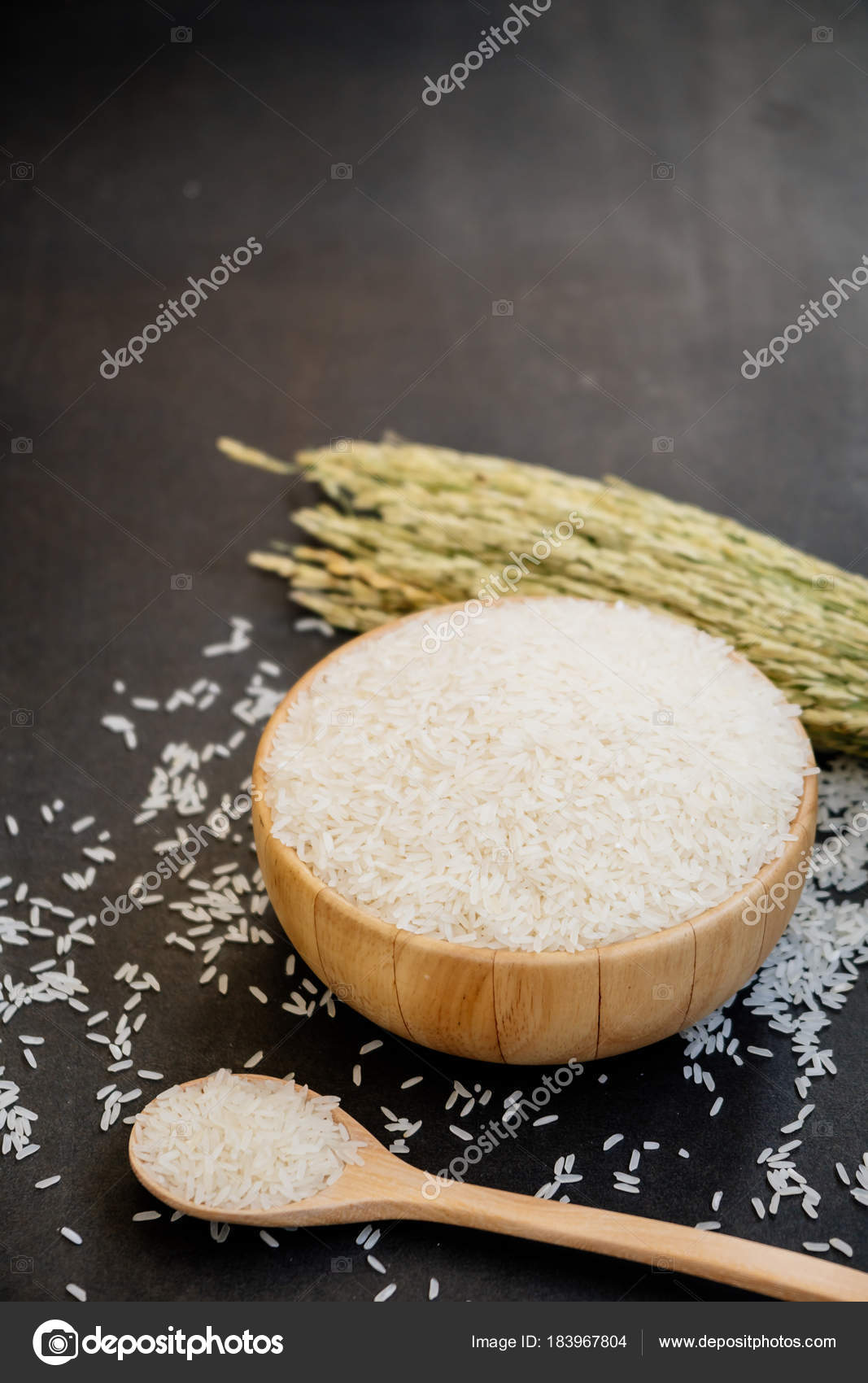
Too little water and you end up with burnt rice and a gnarly pot that probably can't even be salvaged by the usual baking soda and elbow grease 💪. Too much water and you end up having to use a strainer. How do we cook perfect rice? Cooking rice can be cumbersome.

Okay, we made it to the most exciting part. You will also get more flavorful results with aromatic rice varieties (e.g., Jasmine, Basmati, Texmati) if you soak these types of rice, as the flavorful component (called acetylpyrroline) will not dissipate as much with shorter cooking times! This is because soaking allows the grains to absorb water before the cooking process even begins, so it takes less cooking time to soften the starch. This decreases cooking time, conserves fuel, minimizes exposure to high temperatures, and reduces stickiness. Learn more with our micronutrient calculator. In that case, it's best not to rinse because rinsing can result in the loss of micronutrients. ⚠️ WARNING ⚠️ rice may be fortified with vitamins and minerals, as is done with white rice in the U.S. Not rinsing yields stickier, creamier rice. This will remove a lot of the starch and reduces the extent that the grains will stick together.

The length of medium-grain rice can be anywhere between 5.2 mm and 6 mm, and its width is about 2-3 times its length. Long-grain rice can exceed 6 mm in length and is about 4-5 times long as it is wide. Well, how are these different from each other? Good question! You might have already (correctly) guessed by the names that long-grain is longer than medium-grain in terms of length, and both are longer than short-grain. These types of rice actually belong to broader categories of rice known as: We all know there are several different types of rice, like:


 0 kommentar(er)
0 kommentar(er)
